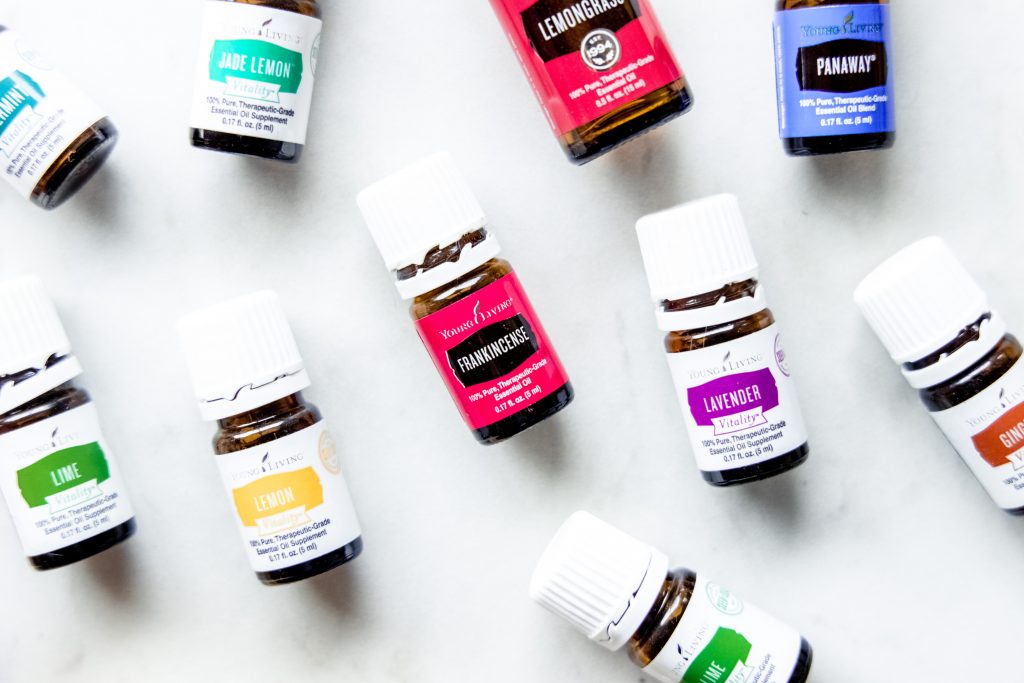You would think with the popularity and demand regarding essential oils, it would be more accessible and somewhat affordably priced. The truth is surprisingly far from that, they can cost quite a bit of money and the prices only seem to be increasing overtime. With all that hype, are they really worth the price?

Essential oils are highly volatile and highly concentrated organic compounds derived from plants. They provide various therapeutic benefits ranging from purifying the atmosphere by eliminating airborne bacteria, promoting relaxation, alleviating negative moods, helping with insomnia, soothing allergies and so on.
The potential health benefits does mark up the price point quite a bit. Another major component would the plant itself. Depending on the growing conditions of the plant and where it’s sourced, the shipment for plants that are only available in other parts of the world, and the sheer amount of plants required to produce a tiny vial of essential oil.
To grow and harvest these plants, farmers and manufacturers need not just very large fields, but also a storage unit that will preserve the freshness of these delicate plants. The storage unit is not just costly to build but costly to maintain as well. If the plant is grown elsewhere and requires shipping, that adds more dollar signs to the cost.
Do you ever wonder why certain oils, such as rose, sandalwood, neroli are much more expensive than others? They are all different for different reasons. For rose, it takes a whopping of 60000 roses, hundreds and thousands of rose petals to produce one ounce (30ml) of pure unadulterated rose oil.
Sandalwood is the second most expensive wood in the world, after African blackwood. It is becoming extremely difficult to source due to how scarce it is. Manufacturers have to satisfy the growing demands despite the decreased production in sandalwood, and that’s what makes it very expensive.
As for neroli, it’s only found in a few countries, meaning it is often imported and at this point, you know shipment means money. Neroli is also made from the flowers of the bitter orange tree, the flowers are incredibly delicate and fragile that must be harvested at a specific time and be handled with the utmost care.
If you want quality, be prepared to pay for it. Unfortunately, essential oils aren’t as strictly monitored as other goods are so anyone can really just slap on a label that says 100% pure, organic, even if it is not. To cut cost and corners, many manufacturers add cheap fillers and synthetic fragrance.
Thankfully, there are a few telltale signs that aren’t too difficult to follow. The color of the bottle and the label are the biggest giveaway. When an essential oil is diluted with fillers and synthetics, it doesn’t just lose that lovely aroma, it loses a lot, if not most of its therapeutic benefits.
In conclusion, are essential oils worth the hype? Do they make a positively significant difference in terms of emotional health and wellness for you? What are your priorities, aromatherapy, the therapeutic benefits that come with it, or both? What is your budget? Only you can decide.